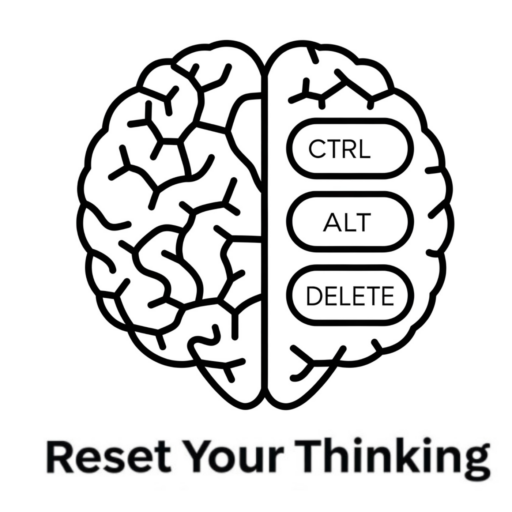A Business Operating System (like EOS® / Traction®) provides a structured framework for running and scaling a business. It’s a comprehensive set of tools and processes designed to help leadership teams get everyone on the same page, clarify their vision, and execute effectively. Think of it as the “how” to your “what” – defining how you’ll achieve your strategic goals.
Here’s a breakdown of what a Business Operating System typically encompasses:
Vision: A clear and shared understanding of where the company is going. This includes defining core values, a long-term vision, and shorter-term strategic objectives. The operating system helps ensure everyone in the organization is working towards the same vision.
People: Getting the right people in the right seats. This involves defining roles and responsibilities clearly, evaluating performance, and building a strong team culture. The system often provides tools for organizational charting, performance reviews, and talent management.
Data: Tracking key performance indicators (KPIs) to measure progress and make informed decisions. This usually involves establishing a “scorecard” of crucial metrics and regularly reviewing them to identify trends and address issues.
Issues: A structured process for identifying, discussing, and resolving issues. This often includes a dedicated meeting cadence and a system for prioritizing and tackling challenges. The goal is to address problems proactively and prevent them from becoming roadblocks.
Process: Documenting and standardizing core processes to ensure consistency and efficiency. This helps create repeatable systems for key activities, reducing errors and improving scalability.
Traction®: Bringing discipline and accountability to execution. This involves setting clear goals, assigning responsibilities, and tracking progress. Regular meetings and follow-up are crucial for maintaining momentum and ensuring things get done.
In essence, a Business Operating System helps companies:
- Gain Clarity: Everyone understands the vision, goals, and how their work contributes to the overall success.
- Improve Communication: Regular meetings and clear communication channels ensure everyone is on the same page.
- Increase Accountability: Clear responsibilities and performance tracking drive accountability and results.
- Enhance Efficiency: Standardized processes and streamlined workflows improve efficiency and reduce wasted effort.
- Scale Effectively: A structured system makes it easier to manage growth and expansion.
While different systems might have slightly different names for their tools and processes (like EOS®’s “Rocks”), they all aim to provide this comprehensive framework for running a successful business. They offer a proven methodology that can be adapted to different industries and company sizes.

